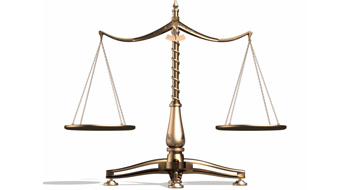
One of the most important lessons that plan sponsors have learned from the financial crisis is that liabilities and assets need to be better matched, as mentioned in the February 17 article The future of DB: currency hedging?. But Ryan Kuruliak, vice-president with Proteus and presenter at the Canadian Pension & Benefits Institute’s (CPBI) recent session on DB plans, says that liabilities don’t get the attention they deserve.
“In 1999, running a DB plan looked easy. There were arguments over surplus, unions wanted benefit upgrades, [and] liabilities went down 15.2%. Look to 2008, the typical balance fund was down 15% to 16%. Over this period, your liabilities were up significantly,” he said, adding, “Nobody [is] starting a DB plan in this environment.”
So, what are plan sponsors going to do with their plans to get them back into safe waters, or at least to a point where they aren’t a drain on the company? While de-risking is in vogue, he said, it can also be expensive. Do you wind it up, or can the company afford to even do that with the legislation changes that are coming into place?
Kuruliak says what plans need right now is better governance. “You need a governance framework that looks at the big picture of your pension plan.”
A governance framework should look at more than just regulatory compliance; it should deal with plan design, investment policy, performance management, supplier reviews and searches—which go beyond just investment managers. It also should encompass education for fiduciaries and plan members.
And from a regulation standpoint alone, Kuruliak said there’s a growing trend for regulators to be looking closely that plan sponsors are following the “voluntary” guidelines, with the possibility of making them mandatory regulations.
When the regulators come knocking, would your plan be able to provide documentation on the following items?
- description of roles, responsibilities of all participants in management, investment administration and oversight;
- copy of the most recent governance review document;
- description of the criteria for service provider hiring, review process for service providers and copies of the actual reviews of investment managers, administration;
- oversight process for adhering to regulations, SIP&P and manager mandates, plan documents, statutes and guidelines;
- two years of minutes of the board of directors pertaining to pensions and the pension committee;
- two years of all communications to members, including descriptions of the governance process;
- copies of the Investment Performance Reports and third-party supplier compliance certificates;
- list of the significant risks identified and strategies to mitigate them, including administration, communication and asset management funding; and
- training program for all organization staff involved with pensions.
“Organizations need to formulate a road map today to handle tomorrow’s anticipated and unanticipated events,” he said. “And to decide how the DB plan will integrate with the overall organization.”
The next CPBI pension and investment fundamentals session is on March 24. Get more information about this and other events.
